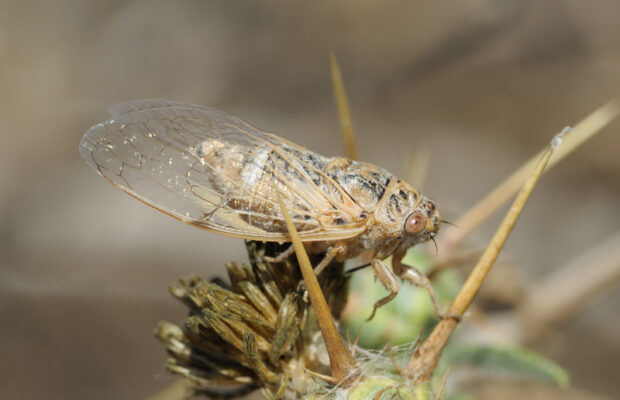Podcasts

Photo: clipart.com, NewsRadio WINA
The 17-year Brood X Cicadas, also known as the Great Eastern Brood, will soon debut from their long underground life cycle stage between late April and continue into June. WINA’s Les Sinclair speaks with Kirsten Ann Conrad, Agriculture Natural Resource Extension Agent with Virginia Cooperative Extension about the importance of planning accordingly to protect your trees and gardens from the 6-week life span of these noisy insects.
Conrad offers the following tips for how to protect plants and trees from their above ground egg laying activities.
Avoid planting young trees within 1-2 years before an expected emergence of periodical cicada.
Use netting to protect young trees and fasten securely to prevent birds and other animals from getting stuck. Netting with a mesh no larger than ¼ “ (.5 cm) will effectively control injury on branches. Make sure that it is kept tied well enough to exclude mammals and birds from being trapped. Remove netting by July 1 or so.
Tree wrapping with paper tape, spun bond fabric or similar materials can deter egg laying.
Birds and many animals will feed on cicadas but the explosion of the cicada population does not favor effective biological control.
Insecticides are not recommended.
Dead branch tips can be pruned away and discarded to reduce egg hatch in your landscape.
Make sure to keep your tree healthy. Provide 1 inch of water per week, stake it as needed for up to one year. Remove turf and other ground covers from around tree to reduce competition for water. Make sure you have chosen and planted your tree species correctly on your site.
Newly emerged cicadas are edible (by humans too) before their shells harden up and many recipes can be found online.
LINKS:
wina.com/les-sinclair/lesters-links-11-vol-3/
Master Gardeners of Northern Virginia: www.mgnv.org
Arlington Regional Master Naturalists: www.armn.org
Correction: As science has evolved, they now currently say that there are only 15 broods of cicadas.









